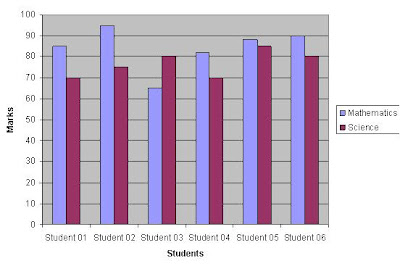A parabola (math) in co-ordinate geometry is defined as the locus of a point whose distance from a fixed point in the plane and perpendicular distance from a fixed line in the plane (not passing through the fixed point) are equal. The fixed point is called the focus of the parabolic and the fixed line is called the directrix of the parabolic.
These have many applications. Parabola help us to understand the trajectory of a projectile. The reflectors in car head lights or speakers in a sound system or mirrors in a telescope are all parabolic in shape. Parabolic mirrors are also used to harness solar energy. These are only a few examples where parabolas are useful. Parabolic forms find application in various other sciences field as well. Therefore it is of prime importance that we know how to graph a parabola.
Graph the parabola:
Parabola graphs are of two types: (1) horizontal and vertical. The horizontal form is again sub categorized into two types: (a) the ones that open left and (b) the ones that open right. Similarly the vertical forms are also of two types: (a) ones that open up and (b) the ones that open down.
The general equation of a horizontal form is: x = a(y-k)^2 + h, where (h,k) is the vertex of the parabolic. Whether the parabolic form opens left or right would depend on the sign of the term ‘a’. If a is positive, then that opens right and if a is negative the same opens left.
The general equation of a vertical parabolic form is y = a(x-h)^2 + k, where again (h,k) is the vertex of the same. If the parabolic form opens up then the ‘a’ in the above equation would be positive. If ‘a’ in the above equation is negative then the parabolic form would open down.
As we can see from the equation of the para-bola stated above, these equations are quadratic. The standard form of a quadratic equation in x is f(x) = ax^2 + bx + c. This would be a vertical parabolic form. If we were to find the vertex from this equation it would be: h = -b/2a and k = f(h). There to if ‘a’ is negative, these open down and if ‘a’ is positive, the same opens up.
